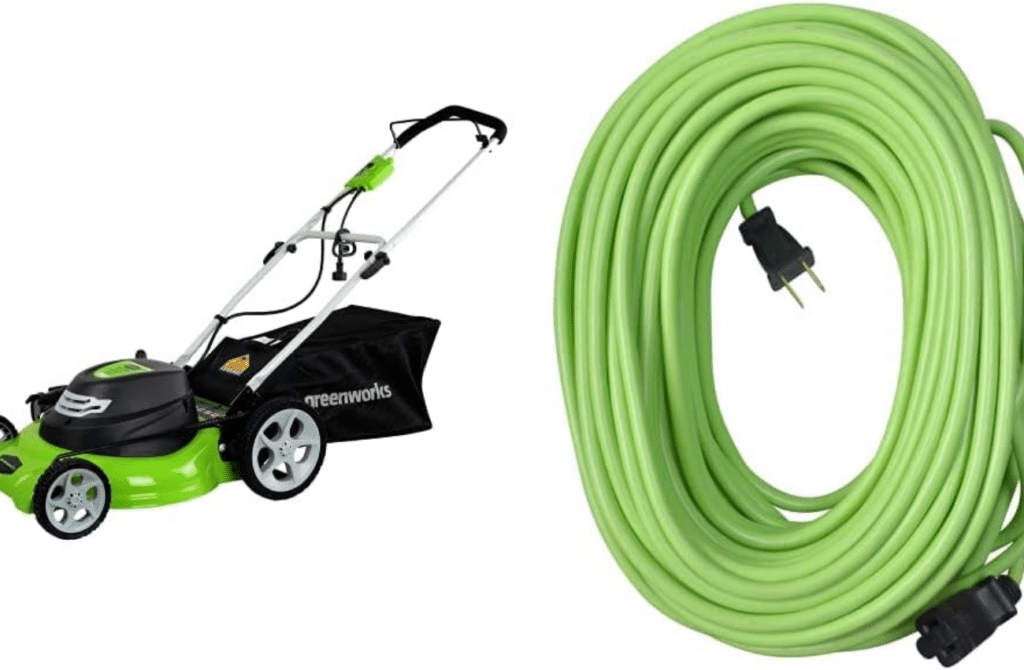In the realm of electrical accessories, extension cords play a pivotal role in extending the reach of power outlets. However, not all extension cords are created equal. Understanding the disparity between indoor and outdoor extension cords is essential to ensure safety, efficiency, and longevity in their usage.
What is an Extension Cord?
An extension cord serves as a bridge between a power source and electrical devices, allowing flexibility in positioning devices where outlets are not readily accessible. Whether it’s powering a simple table lamp indoors or connecting heavy-duty equipment outdoors, extension cords cater to various needs.
How Do Extension Cords Work?
Extension cords rely on insulated wires to transfer electric current safely. The protective insulation, typically made of rubber, vinyl, or plastic, shields the wires and is known as the cord jacket. One end of the extension cord is plugged into an electrical outlet, while the other end connects to the device requiring power.
Indoor Extension Cords

Designed primarily for indoor use, indoor extension cords prioritize flexibility, ease of handling, and aesthetics. They are typically lighter in weight and more pliable, making them suitable for maneuvering around furniture and tight spaces indoors.
Features of Indoor Extension Cords:
| Feature | Description |
|---|---|
| Length | Short to medium length, usually ranging from a few feet to around 25 feet, catering to indoor proximity requirements. |
| Gauge | Typically lighter gauge wires (higher gauge number), suitable for lower power consumption devices indoors. |
| Insulation | May have thinner insulation compared to outdoor cords, as they are less exposed to harsh environmental conditions. |
| Jacket Material | Often made of PVC (polyvinyl chloride) for flexibility and easy handling indoors. |
Outdoor Extension Cords
Contrary to their indoor counterparts, outdoor extension cords are engineered to withstand harsh environmental elements and heavy-duty usage. They prioritize durability, weather resistance, and higher power capacities to meet the demands of outdoor settings.
Features of Outdoor Extension Cords:
| Feature | Description |
|---|---|
| Length | Longer lengths ranging from 25 feet to over 100 feet, catering to the expansive nature of outdoor spaces. |
| Gauge | Heavier gauge wires (lower gauge number) capable of handling higher power loads associated with outdoor equipment. |
| Insulation | Thicker insulation to provide enhanced protection against moisture, sunlight, and extreme temperatures outdoors. |
| Jacket Material | Often constructed from durable materials like heavy-duty vinyl or rubber, offering superior weather resistance. |
Key Differences
- Purpose: Indoor extension cords are tailored for use within the confines of buildings, while outdoor extension cords are engineered to brave the elements.
- Construction: Outdoor extension cords feature robust construction with thicker insulation and heavier gauge wires to withstand outdoor conditions.
- Length and Gauge: Outdoor extension cords tend to be longer and have lower gauge wires to accommodate larger distances and higher power requirements.
Safety Considerations
Regardless of whether you’re using indoor or outdoor extension cords, prioritizing safety is paramount. Here are some essential safety tips:
- Regularly inspect cords for signs of damage or wear and tear.
- Avoid overloading extension cords beyond their rated capacity.
- Keep cords away from water sources to prevent electrical hazards.
- Unplug extension cords when not in use to reduce the risk of fire.
By understanding the nuances between indoor and outdoor extension cords and adhering to safety guidelines, you can harness their utility effectively while minimizing potential risks.

